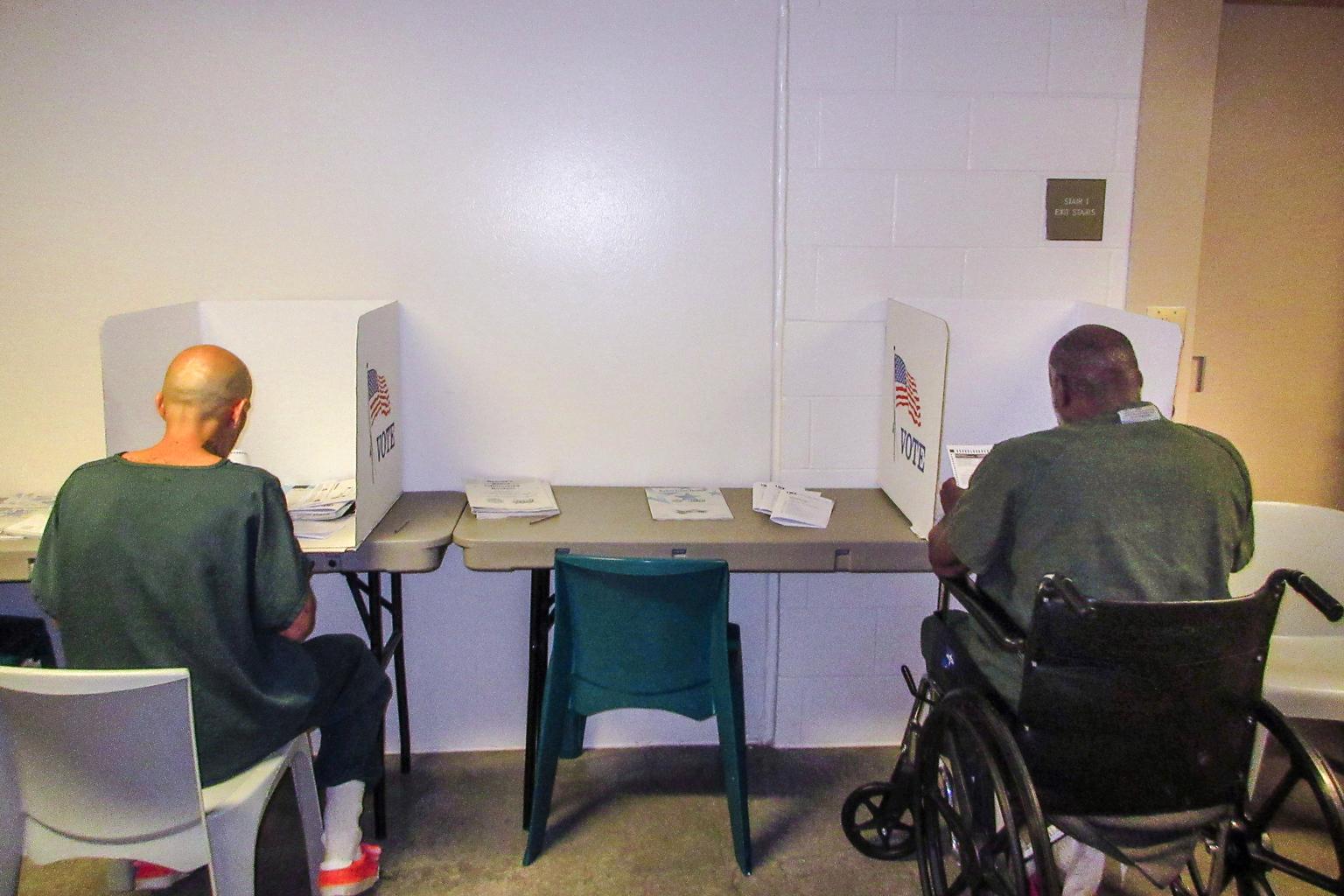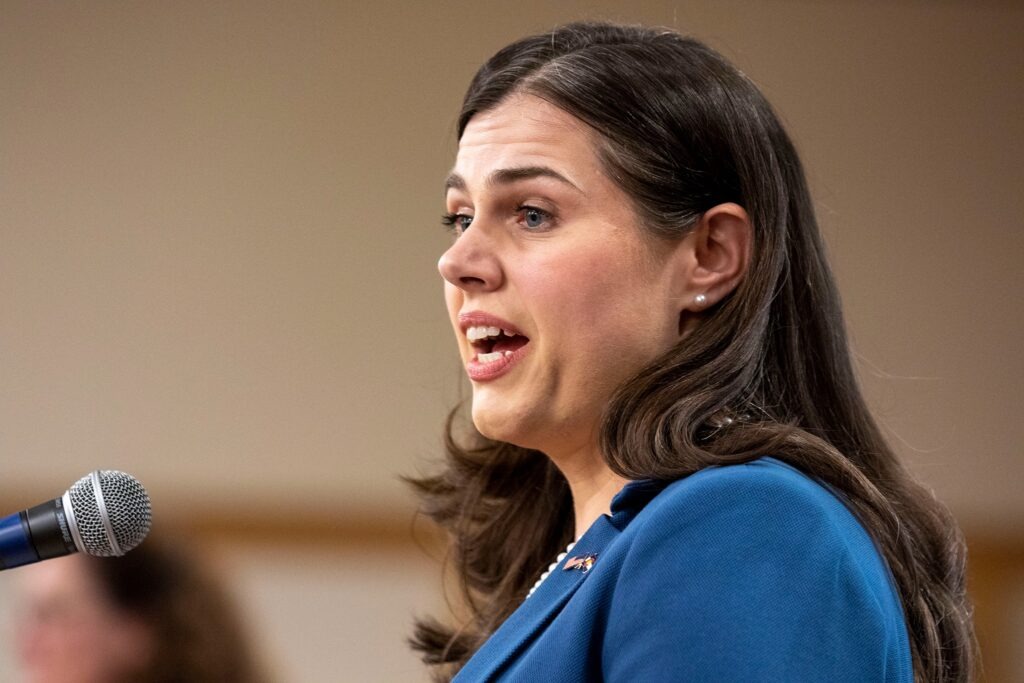
The Yellowstone National Park ecosystem is shifting so rapidly due to climate change, rangers and scientists have seen America's first national park change before their eyes.
Marguerite Holloway, the director of science and environmental journalism at Columbia University, reckoned with Yellowstone's rocky future in a piece for the New York Times: "Your Children's Yellowstone Will Be Radically Different."
During her time reporting there, Holloway saw packs of wolves, herds of elks, a handful of grizzly bears—just a few of the many species that find refuge in Yellowstone. The realization that their environment is changing struck her.
"The idea that this place that has been such an incredibly important refuge for so many species can change so dramatically, or will be changing increasingly dramatically, I found that very powerful and very moving," Holloway said.
Many of Yellowstone's troubles are rooted in the changes to snowpack. The average annual temperature across the Greater Yellowstone Ecosystem has risen about 2 degrees Fahrenheit in the last 70 years.

Snow doesn't accumulate as much or stay as long as it once did. Summers are warmer, winters are shorter. That lack of moisture trickles down throughout the year, drying out plants earlier and eliminating food sources for animals such as elk. Migration patterns are already changing as a result.
And because the snowpack melts faster, spring flash floods followed by a lower water level over time have impacted species, including fish and the trumpeter swan.
"Snowpack is really a cornerstone of the ecosystem there. It affects everything. That was quite striking to me, because I hadn’t thought about the way less snow would have effects on all sorts of animals and plants and how the landscape looked," Holloway said.
Hotter and drier summers of course also mean more wildfires. A blaze in 1988 ravaged a third of Yellowstone. Historically the forests in the park would have had decades, even a century, to regenerate after a disastrous fire, Holloway said. But as the gaps between wildfires narrow, that isn't happening.

"The concern is that if you just keep having wildfires, the forests are not going to be able to regenerate," Holloway said. "Historically, the fires would come through, and then the forests would have 100 years or so to grow back. There are concerns that that’s not going to be able to happen."
Invasive species, like cheatgrass, are highly flammable and also increase fire risk across the park.
Meanwhile, critical native tree species such as the whitebark pine are disappearing. Fewer grown trees mean fewer shady spots that preserve snowpack, as well as fewer sources of food for birds, bears and squirrels.
The rapid changes can be summed up by a warning Michael Tercek, a 28-year veteran Yellowstone ecologist, told Holloway:
"By the time my daughter is an old woman, the climate will be as different for her as the last ice age seems to us."







